|
We are still in the beginning of the year so I would like to tune into what I believe will be the key brand and marketing trends for 2015. You have probably already heard about the Big Macro Trends – economic slowdown in many countries, political uncertainty, a power shift from West to East, technological convergence. And so on.
I chose instead to focus on consumer trends for brands to watch out for and act upon in 2015. Authenticity & transparency. This is an area where consumers put serious pressure on companies and there is no way back. If you want to be successful in the long run you have to be honest about what your brand stands for, how you can deliver differently and what is your purpose. When your brand make mistakes, admit and correct them as soon as possible. With the power of Internet, rumors and facts spread with immense pace. If your brand has a vision of making this world a little bit better, show it don't just tell it. That will establish trust and respect among your customers. Memorable brand experiences. This is not something new but it is eminently important in today's arduous competition. With so much buzz out there, you have to create truly marvelous experiences to make your customers remember and prefer your brand instead of your competitors. How do you cultivate a memorable brand? First you need to define exactly what your brand experience should be and how it is better and different than the rest. Secondly, you need to deliver that brand experience seamlessly across all customer touch points where everyone in your organisation has to act as an inspired brand ambassador. Thirdly, your brand has to deliver not only what customers expect but also an additional personal touch with tangible or intangible value. Why? Because it is this unexpected “personal touch" that convert your customers brand experience into a truly memorable one. Digital is a necessity. Until recently digital was seen as a supplement to the traditional marketing mix where it now should be seen as the essential platform from where your brand communicates with its diverse audiences. Social media is an ever-evolving medium that will reward brands for originality, relevance and creativity. Customers anticipate you to be agile, personal and interactive in your digital conversations with them. They resist homogenization and prefer human connections along with quality content, especially if we are talking about the Millennials. Brands need to adjust to those demands and move towards individualized and localized marketing activities, utilizing pertinent digital channels. All those expectations require companies to promote an internal culture that embrace the latest digital technology in addition to having the skills and insights to manage it successfully. Relationships and people matters. Crowd funding is rapidly increasing where a person or start-up with limited resources and grand dreams can be supported by the power of a larger crowd, just because that dream matters to them as well. Locally produced goods, specifically food are in immense demand and people are willing to pay lofty prices just to buy from someone they have a relationship with. We favour the local coffee shop on the corner just because the barista knows us. Building strong relationships is important for any brand. Local brands gain grounds. For a long time China was the heaven for all global brands with a seemingly endless appetite for international premium brands. That has changed. Quickly. Chinese consumers are now starting to take pride in purchasing their local brands instead, especially since the quality has increased considerably and many local brands have created an alluring image. The same tendency can be seen in other markets across the world. Local understanding and pride vs. global muscles. An inspiring story wins. People love stories and brands with great stories to tell are more likely to win the hearts and minds of consumers. Your story should build upon authenticity and emotional brand values. Align the brand story with your entire communication and each consumer interaction to create a meaningful differentiation. I want it now. Consumers crave to have their products and services immediately without even visiting a retailer. To get their attention you are obliged to deliver a customized online experience with superior service and extraordinarily nimble delivery. There is no time to waste in life. Brands and marketers face challenges every day, by virtue of operating in a constant state of change, so in what way can these trend insights enable your brand to endure more success during 2015? Through providing you with a chance to explore and embrace new opportunities, transform your old blue print and empower you to perform as a brand champion. Time to design a new game plan. Most of us have to come up with new ideas and insights in order to stay ahead of our competition. Creativity is often linked to specific environments, people, skills, cultures or methods. How can we shake up our traditional thinking and behaviour and instead move towards innovative thinking? Is there anyone we can learn or get inspired from? Artists and designers have a master ability to transcend traditional ideas and their creativity can be inspirational for anyone who is interested in exploring new ideas in order to achieve progress. A fine example is the French artist Frederique Morrel who revitalizes vintage tapestries by transforming them into unique works of fantastical embroidered taxidermy. Frédérique Morrel, is an artistic adventure designed to explore paradise lost and the animals of Eden, using as raw material the discarded popular tapestries found in corners of yard sales and thrift shops. The creations are carefully “re-made” by hand in France using fiberglass, taxidermy moulds and textiles. The ‘artifacts’ are designed to re-enchant the world using materials that tell stories of simple, ideal happiness. In 2014, the Hermes boutique at Madison Avenue New York invited Frederique Morrel to create their window displays in a specially designed event called "La Nature du Foyer", creating a touch of fairy-tale magic. This is something that inspires us.
We would love to hear what inspires YOU? Sources: frederiquemorrel.com, aestheticalterations.com, designboom.com Once upon a time there was a celebrated Finnish telecom brand called Nokia. Nokia was the king of mobiles, an undisputed market leader across the globe with instantly recognizable devices, celebrated marketing campaigns and the famous signature logo, the holding hands. Most of us, no matter what country we were living in, had a Nokia as our first mobile. In 2007 Nokia had almost 35% of the mobile and 50% of the smartphone market, it was perceived as one of the most valuable and admired brands in the world.  Today, Nokia is a far cry from where the brand once was and its new owner Microsoft has just announced that they will drop the Nokia brand from smartphones. How could it all go so wrong? There are several causes of the downfall and it can be an important lesson to learn also for brands in other industries. The rise and fall of a brand can be difficult to predict and almost impossible to stop when the snowball has started to roll. Looking at Nokia, despite being a dominant market leader the company failed to recognize the drastic change in the industry and rapid transition of mobiles into smartphones. Being a company dominated by engineers, it focused more on hardware than software, which was an underestimation that proved fatal. As a comparison, when Steve Jobs launched the iPhone in 2007, Apple understood that design was important but that the rest was all about the software and attractive applications. Nokia’s choice of future operating system turned out to be a big mistake, first going with Symbian and then changing to Windows instead of launching Android as most of their competitors did, except Apple. It also appears that Nokia’s management spent too much time with internal politic and was not agile enough when it came to important decision making. They – and their teams – seem to not have prioritized to keep an ear on the ground, recognizing what was happening with the market and their customers. As a final straw, Nokia clearly overestimated the strength of its brand. Competing in a high tech industry means that customers will expect constant innovation from your brand to stay loyal and Nokia did not manage to deliver on that. Instead it was perceived as behind its competitors and quickly lost market shares to Samsung, Apple and HTC. Image concerned customers did not want to be seen with a device that was not perceived as “cool” anymore, but more associated with bus drivers and low income classes. Once an aspirational brand, Nokia’s image quickly faded away and the company was forced to close down its flagship stores all over the world . When the Microsoft acquisition of Nokia was finalised in April 2014, an era was coming to an end. Recently it was announced that the Nokia brand would be dropped from its Lumia smartphones but continue to feature on lower-priced feature phones for the next coming years. It's sadly the end of the road of Nokia as a mobile leader. Once Finland’s most beloved company and one of the world’s most prominent brands will soon end up in oblivion. A learning from the case of Nokia is, never become a complacent brand. Will it be possible to rebuild the Nokia brand? Maybe. Nokia comes from a background as a conglomerate with many crucial mobile industry patents up its sleeves. Clues to their future lie within the new strategy and management. Lets see what 2015 will bring and if there is a chance for a revival of the brand. Image sources: nokia.com, journeyguy.com, tom.fishburne, techinasia.com, techcrunch.com. I often get inspired by artists and this piece of art, "Intersections", is utterly mesmerising.
It is created by Anila Quayyum Agha from Indianapolis, who recently was named the double winner of Grand Rapids Art Prize 2014 with "Intersections". The art installation mirrors the geometrical patterns present in Islamic sacred spaces and is derived from the artists own experiences, growing up in Pakistan. The wooden frieze emulates a pattern with reference to those found in Alhambra in Grenada, Spain. Alhambra was poised at the intersection of history, culture and art and was a place where Islamic and western discourses, met and co-existed in harmony, something that has inspired the artist. Within the laser-cut wooden cube, a single light bulb enables the entire room to become flooded with the beautiful design. Sources: designboom.com, the observer, Anila Quayyum Agha "People don't have 30 seconds to be interrupted, but they always have 30 minutes to hear a great story” Humans have been telling stories for thousands of years. Storytelling is about sharing and interpreting experiences through words and images. It is an ancient art and has been used in every culture around the world as a means of entertainment and education as well as instilling cultural and moral values. Ancient cultures painted symbols from stories on cave walls to help the storyteller to remember the story; others used music and dance for expression. With the advent of writing, stories were recorded and shared over wide regions of the world.  Oral stories continue to be committed to memory and passed from generation to generation. We only have to go back to our childhood to understand the powerful effect of storytelling. Think about that favourite story that you wanted to hear over and over again. Oral stories continue to be committed to memory and passed from generation to generation. We only have to go back to our childhood to understand the powerful effect that storytelling has on our heart and minds. Think about that favourite story that you wanted to hear over and over again. Human-to-human connections are the heart and soul of any business. Storytelling is an old concept and a powerful technique for building emotional relationships. In today’s overwhelming information society, the art of story telling has never been more important. People are tired of being talked to, they want to be engaged and valued. Contemporary storytelling is encouraged by new forms of media that design inventive ways for people to record, express and consume stories. Interactive storytelling through games and other digital platforms is growing significantly. This trend echoes a deeply rooted need for all humans to be entertained. When we are listening to a captivating story, the response patterns in our brains become markedly similar to those of the storyteller – it can also be expressed as “getting on the same wave length”. In branding, the story-telling aspect is strong. A terrific brand story can build an emotional connection with your customers, drive desired action, enforce people to change behaviour and last but not least, increase your revenue. Compelling stories have the power to engage every audience - your customers, your employees and your investors. Storytelling can enable your brand to stand out of the crowd and capture your audience’s attention. You don't have to be a large, successful company to tell a terrific story. Inspirational stories can empower modest ventures with tremendous impact. How to create an inspirational brand story · Listen to your customers; genuinely understand them and the role your brand play in their life. · Build a personal story with a compelling narrative. · Use conversational, emotional and engaging messages. · Be authentic and honest, utilize your heritage and purpose · Keep the story short and make it memorable. · Tailor your story to fit different mediums. The most successful companies tell their customers compelling stories and the best stories win. Patagonia, Lego, Virgin Atlantic, TOMS Shoes, Innocent, Ferrari and Missoni are some examples of international brands with engaging and genuine brand stories that facilitate exceptional customer loyalty and brand engagement. What is their secret? They are deeply emotional brands with passionate founders, a captivating heritage, strong values and a clear purpose that has provided an excellent foundation for their story telling. As the kingpin of marketing, Seth Godin puts it, “Living and breathing an authentic story is the best way to survive in a conversation-rich world” So what is your brand story? |
AuthorRosie Kropp, Categories
All
Archives
March 2015
|


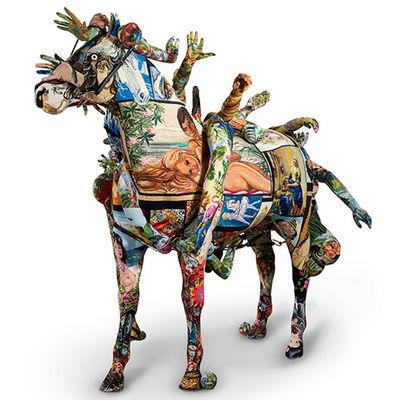
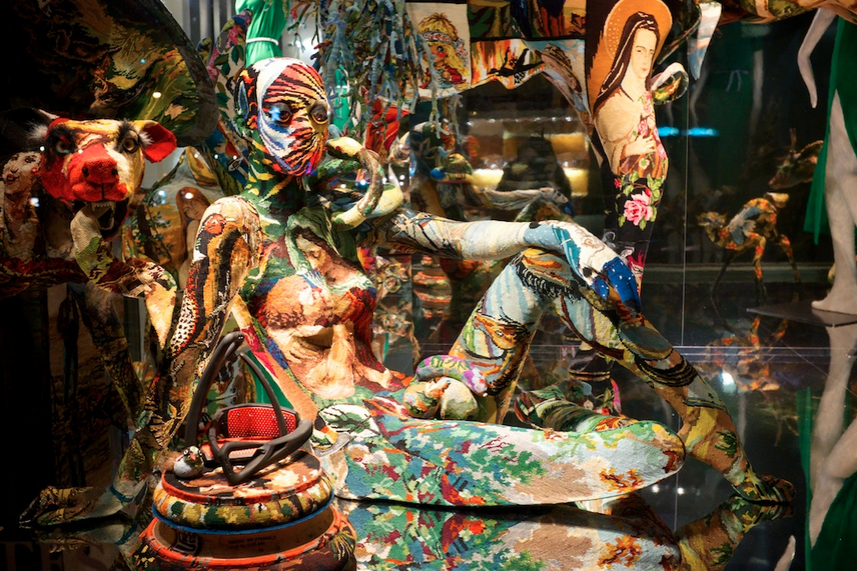
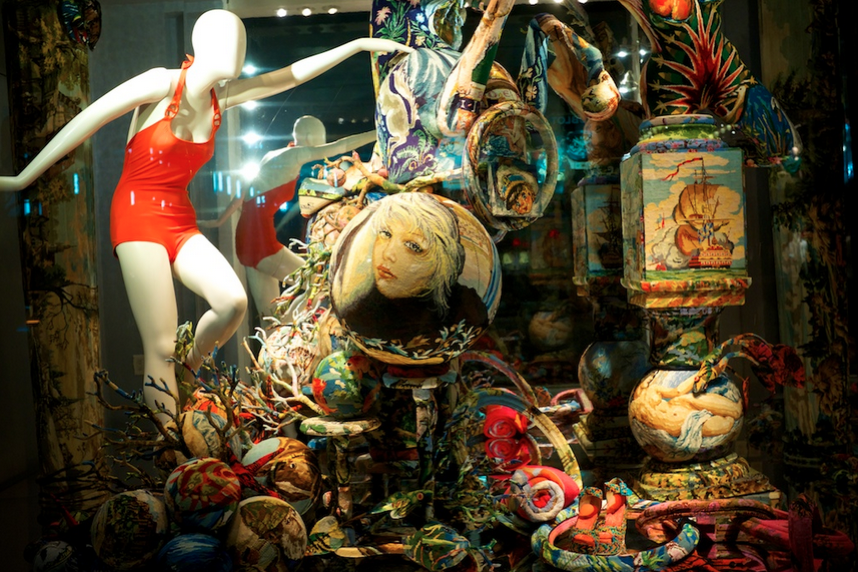
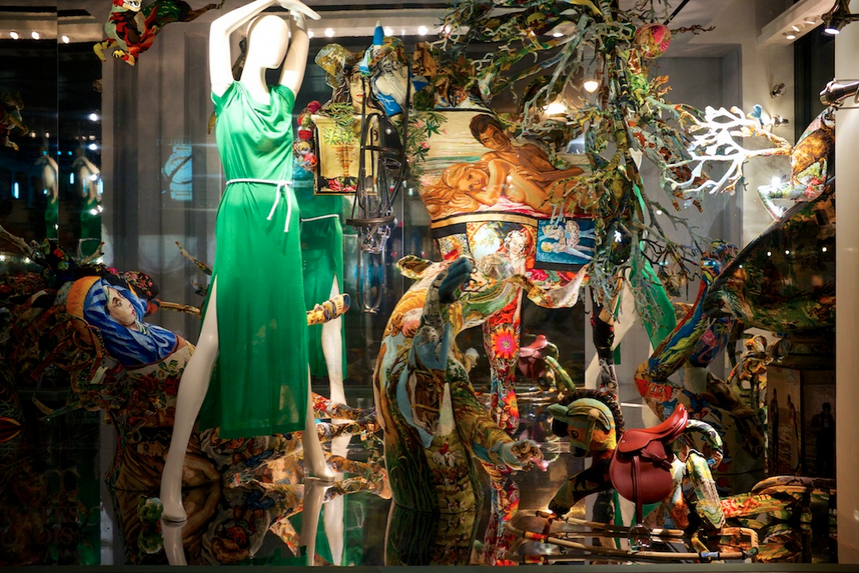




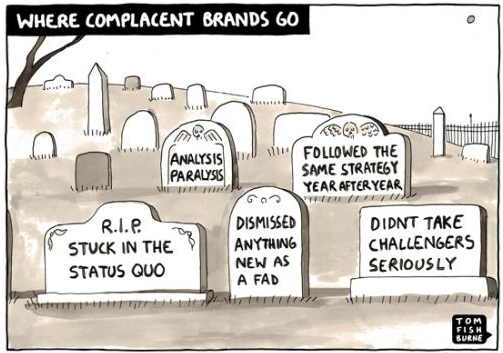








 RSS Feed
RSS Feed